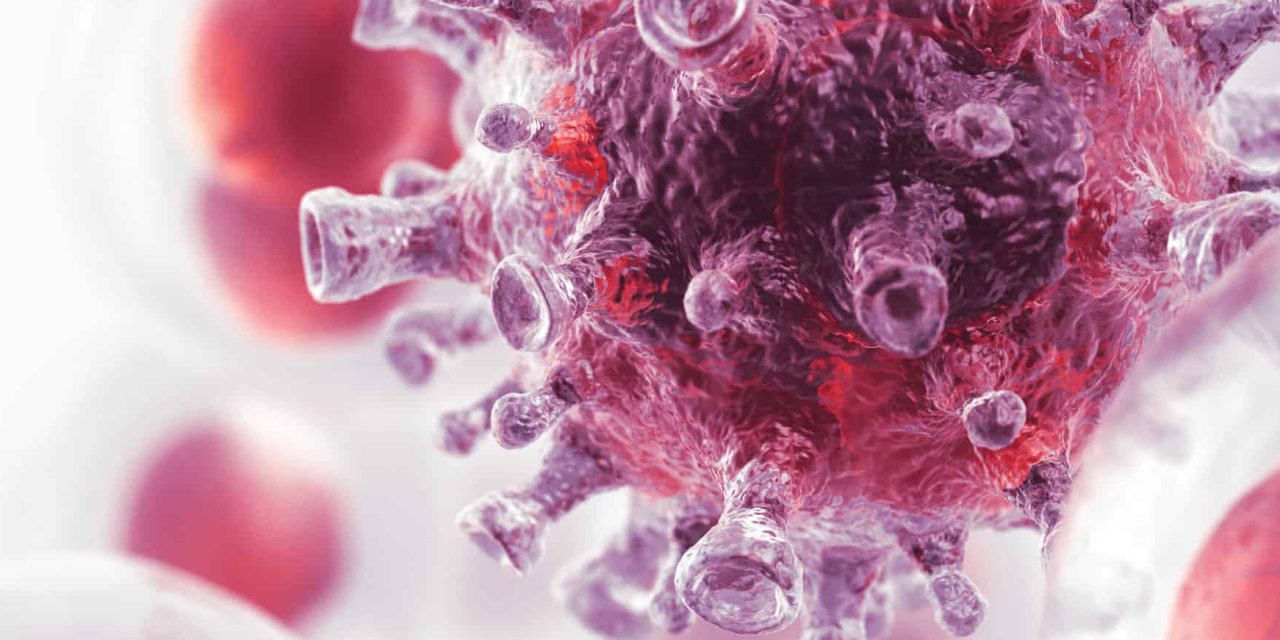s. To examine whether women’s incarceration increases numbers of total and new sexual partners. US women with or at risk for HIV in a multicenter cohort study answered incarceration and sexual partner questions semiannually between 2007 and 2017. We used marginal structural models to compare total and new partners at visits not following incarceration with all visits following incarceration and visits immediately following incarceration. Covariates included demographics, HIV status, sex exchange, drug or alcohol use, and housing instability. Of the 3180 participants, 155 were incarcerated. Women reported 2 partners, 3 or more partners, and new partners at 5.2%, 5.2%, and 9.3% of visits, respectively. Relative to visits not occurring after incarceration, odds ratios were 2.41 (95% confidence interval [CI] = 1.20, 4.85) for 2 partners, 2.03 (95% CI = 0.97, 4.26) for 3 or more partners, and 3.24 (95% CI = 1.69, 6.22) for new partners at visits immediately after incarceration. Odds ratios were similar for all visits following incarceration. Women had more total partners and new partners immediately and at all visits following incarceration after confounders and loss to follow-up had been taken into account.
Incarceration and Number of Sexual Partners After Incarceration Among Vulnerable US Women, 2007-2017.


